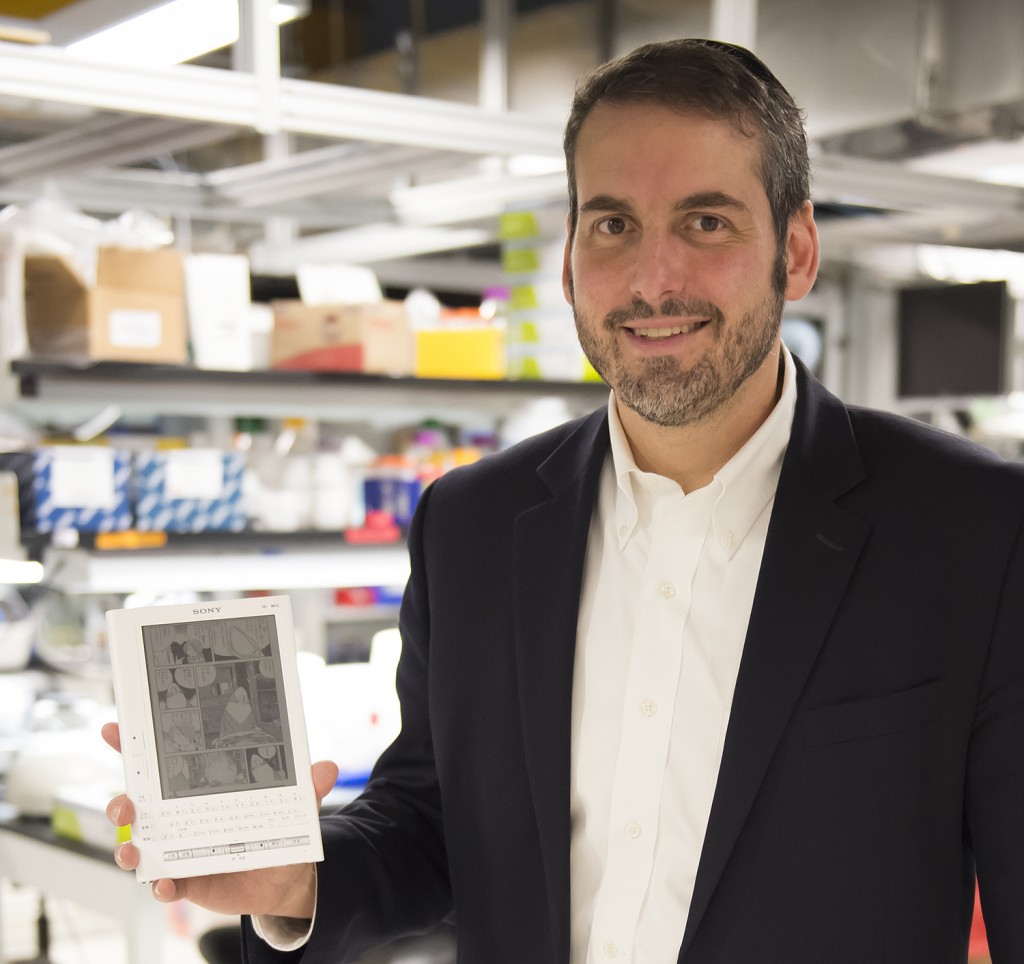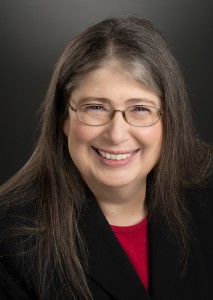Five Alumni Tapped for Inventors Hall of Fame
-
-
slice.mit.edu
- 2
Filed Under
Recommended

Nearly one-third of the 2016 National Inventors Hall of Fame (NIHF) inductees hail from MIT. NIHF, in partnership with the United States Patent and Trademark Office (USPTO), is recognizing 16 individuals, described as having a revolutionary impact on the nation, at a May 5 ceremony in Washington DC.
Three of the MIT alumni worked together to create electronic ink. The two others worked on projects involving Internet advances, such as spanning tree protocol (STP), and the computer graphics break though, Sketchpad.
Electronic Ink
Jonathan (JD) Albert ′97, a mechanical engineering major and Barrett Comiskey ′97, a mathematics major, worked with MIT professor Joseph Jacobson PhD ′93 to develop a changeable display for as many books as could be stored in a device's memory. Albert, Comiskey, and Jacobson combined their skills from different disciplines and in January 1997 they completed a working prototype of electronic ink, which is the technology cornerstone of the e-reader and e-book industry.
What are they doing today? Jacobson is head of the MIT Media Lab’s Molecular Machines research group. Commiskey has relocated to Asia to work on bridging the digital divide for billions of people in developing countries. Albert teaches product design, engineering, and entrepreneurship at the University of Pennsylvania and is the director of engineering for Bresslergroup, a product design and development firm.
Internet Advances: STP, reliable and scalable routing

Radia Perlman ′73, SM ′76, PhD ′88 has played a key role in driving the growth and development of the Internet. Her best known contribution came in 1985: the spanning tree protocol (STP), which transformed Ethernet from a technology limited to a few hundred nodes confined in a single building, into a technology that can create large networks. Perlman holds over 100 patents and has received many awards, including induction into the National Academy of Engineering, the Internet Hall of Fame, and lifetime achievement awards from ACM's SIGCOMM and Usenix.
What is she doing now? Perlman, author of Interconnections, a widely read text on network routing and bridging, and coauthor of Network Security, is currently a fellow at EMC Corporation.
Sketchpad: A Human-Machine Graphical Communication System
Ivan Sutherland PhD ′63, considered the father of computer graphics, invented Sketchpad, a human-machine graphical communication system, which broke new ground in 3D computer modeling, visual simulation, and human-computer interaction. Sutherland's invention enabled users to design and draw in real time directly on the computer display, using a light pen.
What is he doing today? Sutherland leads research in asynchronous systems—computers with no global clock—at Portland State University’s Asynchronous Research Center, which he founded in 2008 with Marly Roncken.








Comments
Nancy DuVergne Smith
Tue, 02/23/2016 11:59am
Thanks to Dr. Schell, we can celebrate our MIT inductees in the Cyber Security Hall of Fame:
http://slice.mit.edu/2016/02/23/cyber-security-hall-of-fame-honors-mit-alumni/
Roger Schell
Sun, 02/21/2016 4:46pm
Given the timeliness of the topic, you might also consider noting that several alums are in the http://www.cybersecurityhalloffame.com/ including some in the last (2015) class.